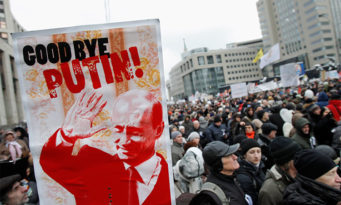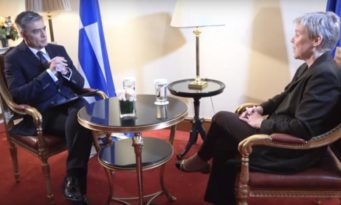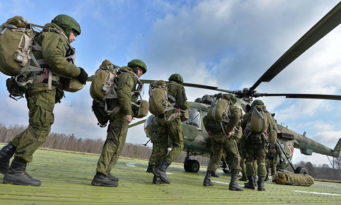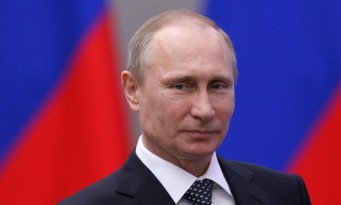Russian aggression forcing NATO to strengthen Baltic anti-aircraft defence
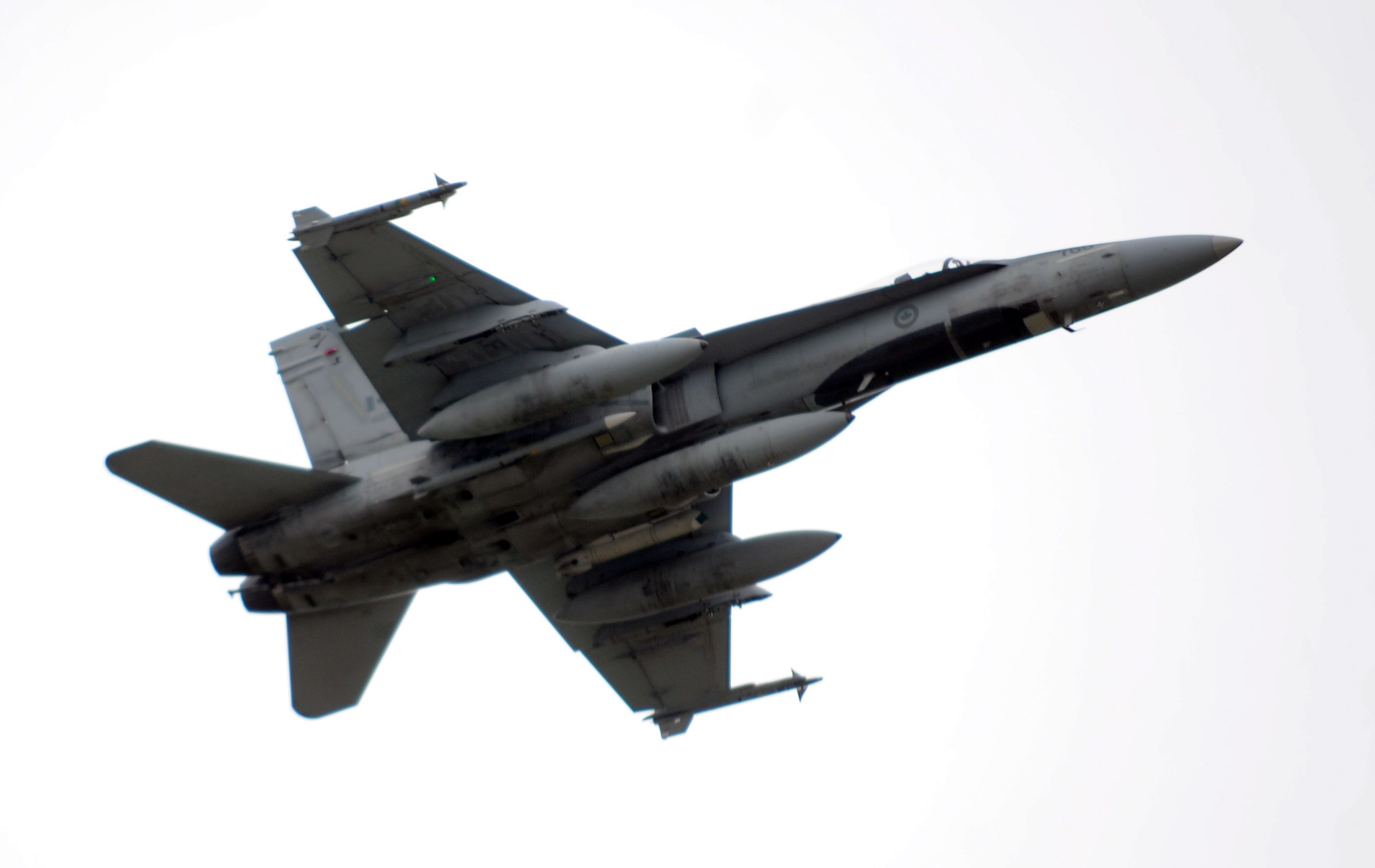
- By defencematters
The demonstration of Russian military machinery near Latvian borders the past ten years has seen a substantial upsurge recently.
by Gatis Kristovskis
The demonstration of Russian military machinery near Latvian borders the past ten years has seen a substantial upsurge recently. Defense officials have not hidden the fact that this military equipment is being deployed to the region for a reason, one of them being reconnaissance. In order to react accordingly to the military activities of its eastern neighbor, Latvia has undertaken to substantially improve its anti-air defense capabilities and strengthen its airspace to better assist the NATO air-patrol mission.
Military units approach Latvian territory 250 times
According to information from the Defense Ministry and the National Armed Forces (NAF), Russian military aircraft or naval ships approached Latvian territorial waters over 250 times last year. The NAF identified over 200 instances of Russian aircraft flying close to Latvian borders, as well as 50 instances of Russian naval ships approaching Latvian territorial waters. Such intense military activity near Latvian borders had not been witnessed the past ten years, since Latvia joined NATO.
Since 2013, the Latvian public has been constantly informed about Russian military activity near its borders through short statements in social networks. Such practice was not applied before.
Russia has demonstrated a wide range of weaponry and military machinery near Latvian borders – fighter jets, transportation aircraft, reconnaissance planes, bombers, helicopters, frigates, corvettes, submarines, submarine support ships and transportation ships.
Russian military activity near Latvian borders did decline towards the end of last year and the beginning of this year, however, resumed back to previous levels by mid-January. According to LETA archives, from January 1 to March 22 this year, Russian military units were detected approaching Latvian borders 24 times. Furthermore, similar to last year, there have also been instances of several Russian military units detected at one time.
An important difference has been observed this year, as there has been a substantial reduction in the number of times Russian fighter jets have approached Latvian airspace. Instead, there has been an increase in the number of times Russian reconnaissance planes, like the Il-20, have been detected. Last year, Il-20 aircraft were detected frequently, but fighter jets were detected even more frequently. So far this year, Russian fighter jets have only been observed near Latvian airspace twice. The other aircraft detected near Latvian airspace this year have been Russian transportation planes, refueling aircraft and anti-submarine aircraft.
According to publicly available information, Russian has frequently "flexed its muscles" near Latvian borders at times when it is organizing military exercises on its territory, as well as when military exercises are being held in Latvia or when high-level politicians visit the country. But this is not always the case. For example, during a meeting of EU defense ministers in Riga in February, all was quiet on the Russian side, but when large-scale military maneuvers kicked-off in western Russia in March and Latvia itself began preparations for international military exercises on its territory, Russia once again did not delay in demonstrating its military machinery near Latvia.
Main concern – true objective of Russia’s muscle-flexing
Latvian Defense Ministry spokesman Kaspars Galkins explains that Russian aircraft approaching Latvian borders usually fly with their automatic transponders turned off and without a flight plan, refusing to respond to civilian air traffic controllers, thus posing a serious threat to civilian air traffic.
"Russian warships, as well as military aircraft, have yet to breach Latvian airspace or territorial waters, but flights by Russian aircraft, and the fact that they ignore international regulations, have become a serious threat to civilian air traffic. However, Latvia’s main concern is related to the true reason why Russia is deploying its military machinery near Baltic borders," Galkins emphasized.
Asked whether the real reason for the regular flights of Russian reconnaissance aircraft and other military units near Latvian borders is for spying purposes, Defense Minister Raimonds Vējonis points out that Russia has on several occasions claimed that the true reason for the frequent appearances of Russian military units near Baltic borders is because they are being transported from one place to another.
There is a specific task for each activity carried out in border areas. Sometimes, they truly are just for transportation purposes – getting from point A to point B. But at other times these activities are aimed at collecting reconnaissance. The mentioned reconnaissance aircraft are certainly gathering information on the Baltic region, and this is normal practice. "Thirdly, the aim of military aircraft flying with their automatic transponders turned off is to test the reaction capabilities of NATO fighters. Any country which is not in alliance with its neighbor attempts to gather information about its neighbor," the minister explains.
Last October, the international community closely followed along events in Sweden, where a large-scale search operation was put in motion, as suspicions were raised that a foreign submarine, likely from Russia, had penetrated Sweden’s territorial waters. In the end, the search was suspended, as the army said it is likely this submarine had already left Swedish waters. Moscow categorically denied this was a Russian submarine. However, on the night of October 6, near Latvian territorial waters, the NAF detected a Russian submarine support ship, from where a small Russian submarine was being lifted onto its deck. The Latvian Defense Ministry still has no idea what functions this small submarine was carrying out near Latvian waters.
Meanwhile, retired National Armed Forces Commander, Vice-Admiral Gaidis Andrejs Zeibots, said that Russian military activities in the area can be explained with the fact that the Baltic Sea region between Sweden and Latvia is the only place where Russia is able organize any naval exercises and test submerging and lifting their submarines. The media did not report on these activities previously, however, due to the conflict in Ukraine, as well as the fact that Russia has chosen to demonstrate its military hardware more frequently, the public is constantly being informed about such instances.
Zeibots refrained from using the term "spying" when describing the situation, but did not deny that the transportation of military machinery is not just a show of force, but also for reconnaissance purposes to a certain extent. This reconnaissance is obviously necessary for Russia to evaluate Latvia’s activities and reaction capabilities.
"If we look at the activities of the Latvian Naval Forces, we see that our patrol ships are out at sea basically 24-hours a day. We are forced to constantly be out at sea to monitor what is happening near Latvian waters. The naval hardware Russia has demonstrated near Latvian waters is truly impressive – some of these ships can even transport nuclear weapons. Russia is demonstrating is full naval arsenal," Zeibots emphasized.
Investments must be made to monitor helicopter activities
Since Russia’s annexation of Crimea and invasion of Ukraine last year, the Latvian armed forces is on heightened alert monitoring borders, including its sea borders. Latvia is also in constant exchange of information with its allies. The armed forces are also put on high alert anytime military exercises are being held near Latvian borders.
Since last spring, when the events in Ukraine began to rapidly develop, there has been a four-fold increase in the number of NATO fighters deployed to the Baltics to patrol its airspace, reaching a total of 16 fighter jets. This has substantially improved the region’s reaction capabilities. In addition, Latvia also has a sea observation system at its disposal. The Defense Ministry is not generous in commenting how Latvia reacts to the approach of Russian military units, or whether there are any sort of delays. However, the ministry does point out that as soon as a Russian military aircraft is detected in radar systems, NATO fighters are immediately ordered to take to the skies to make visual contact and escort these planes. The situation is similar at sea, but in such instances Latvia must react by itself, as NATO does not have sea patrols in the Baltic. Russian naval units are frequently detected by the Latvian Skrunda-class patrol ships, which due to lack of financing are not equipped with ship guns or sensor systems.
Taking into account the substantial resources Russia is diverting in order to demonstrate it military capabilities, the question automatically arises whether Latvia, as a small country, has enough resources itself to adequately react to various situations. The Defense Ministry explains that Latvia had previously had taken into account Russia’s military activities. The Baltic air-patrol mission, which is guaranteed by other NATO partners on a rotational basis, will cost Latvia EUR 3 million this year. Last year, the patrol mission cost Latvia just EUR 1 million. At the same time, the millions Latvia provides for the mission does not even cover its full costs, as the countries participating in the mission cover a large portion of the costs themselves. Furthermore, taking into account the increase of Russian naval activities near Latvian waters, the Latvian navy fleet is almost constantly on heightened alert patrolling Latvian territorial waters, so that they are duly able to identify suspicious activities above and below water.
Even though unilaterally Latvia’s reaction capabilities towards Russia’s activities are restricted, Zeibots reminds that Latvia is a NATO member and is a part of the alliance’s collective defense system. However, this does not mean that Latvia can stop investing in developing its defensive capabilities.
Russia has not yet begun to widely use helicopters in their show-of-force activities. However, Latvia at the moment lacks radar systems which can detect these low-flying aircraft. Last year, there were two instances of Russian military helicopters detected near Latvian borders, but none so far this year.
At the moment, three radar facilities constantly monitor Latvia’s airspace, located in Lielvarde, Ventspils and Rēzekne. These radar facilities work in unison with similar facilities in Lithuania and Estonia, and make-up the region’s NATO air-surveillance system. The radar systems can detect and identify all types of aircraft (planes, drones, helicopters etc), from small ones to large ones. The current radar system can monitor air traffic up to a radius of 450 kilometers, and an altitude of up to 30 kilometers.
In recent years, Russia has developed its helicopter base in Ostrov, which is located near the border with Latvia. Zeibots also points out to the importance of the Ostrov base, where the state-of-the-art "KA-52 Alligator" helicopters are based. The Defense Ministry has also seriously comprehended the importance of the base, which has made anti-air defense one of its main priorities. Last year, the government decided to allocate EUR 158 million for anti-air defense.
Latvia plans on obtaining high-powered radar systems, which are capable of detecting any flying object, including low flying ones. Latvia also plans on purchasing modern weapons systems, which will be capable of neutralizing threats. Minister Vējonis has promised that the first air-defense purchases will take place in the coming months.
To protect the country’s airspace, Latvia currently has RBS-70 rocket systems and L-70 cannons in its disposal, however, high flying aircraft cannot be shot down with these weapons systems.







